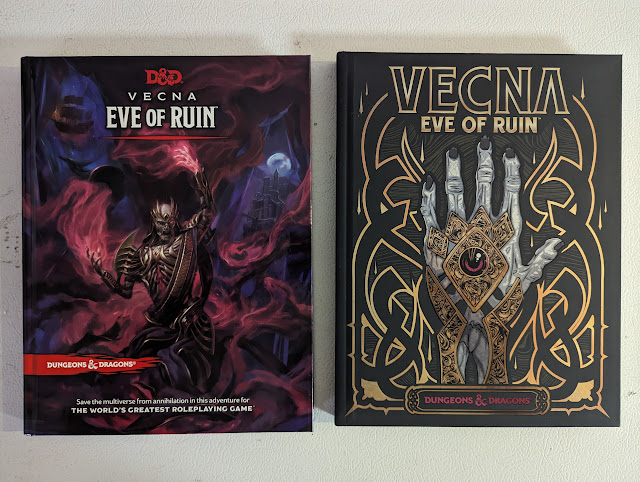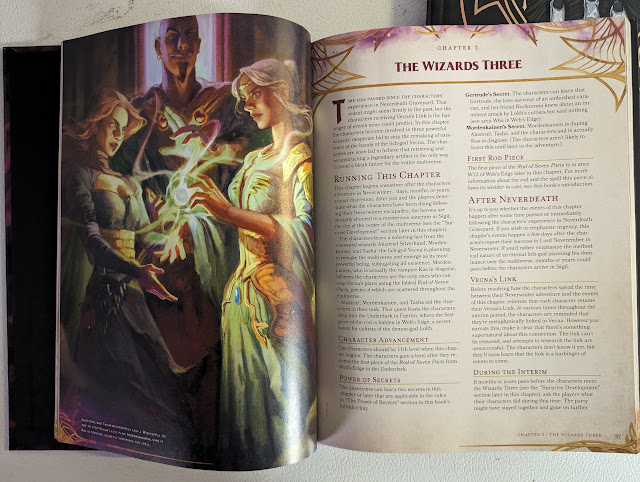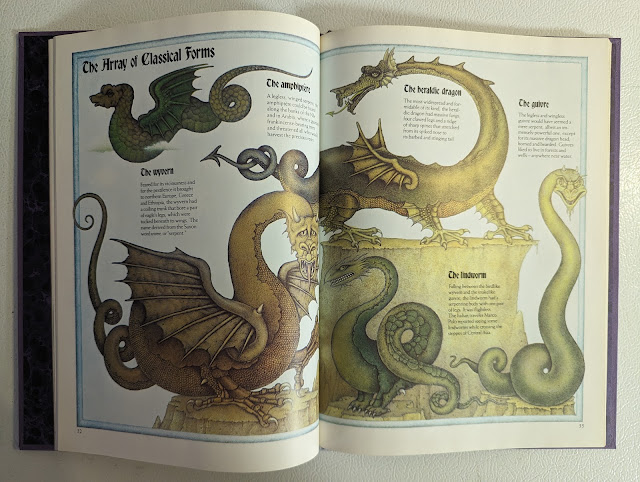So my oldest and I have been playing AD&D 1st ed. Forgotten Realms at night when he gets off work. He is a chef and works till midnight. Recently though, we have also dipped our toes into the Fantasy Flight Games/EDGE Star Wars, which caused me to pull out a bunch of my original Star Wars figures. These have been sitting on my desk for a while. Much to my wife's chagrin. Anyway that is the background.
I have all these Star Wars figures on my desk along with some of the ReAction figures, including a Sorceress I repainted to look like Larina (I am dedicated to my obsessions). I also have a collection of various witches and the Dungeons & Dragons Cartoon characters decorating my desk. We were talking about how much I still prefer d20 Star Wars because of the D&D connections. Liam dislikes it for that reason. He wanted to know if there was a system out there that could do both. So, I told him about Cartoon Action Hour.
I spent some time with Cartoon Action Hour Season 3 a while back and even detailed Zatanna for Super Friends.
We pulled it out and thought about making a silly game with his Mandalorian Bounty hunter (using my Boba Fett from 1979, sent in my Proofs-of-Purchase!), Larina, and my repainted astromech droid KE11-N3R, or "Kenny". Cause why not, anytime we pull out a new game we try something familiar. And there may have been some beers involved.
It was fun and silly, and we had a great time, really.
While I was hungover the next Thursday (and Liam was not) I was thinking that this game might make for a good system for the Dungeons & Dragons cartoon. Cartoon Action hour specifically calls out D&D as a great example of the Saturday Morning Cartoon they loved. So, I started to think about what would work.
A while back, I had talked about the new D&D cartoon minis and how Shelia was missing from set. I said this at the time:
I did not watch the D&D cartoon much, but I was aware of it. I can't help but wonder if the red-headed girl with a penchant for wearing purple and hoods in 1983-85 didn't somehow influence my red-headed witch with a penchant for purple dresses and black hoods in 1986? I honestly can't say.
In fact, I didn't even think about it until I scored this D&D Cartoon "kids" book at my local game auction. It is called "The Witch's Spell Book."
That is the image above.
The basic plot of this Choose Your Own Adventure is that you have the Golden Wood by finding Agnes the Witch's Spell Book. The spell causes Tiamat's heads to argue among themselves. For reasons, only Shelia can read the spell. You would think Presto, but no, it is Shelia. Each of these books featured a different character, and they tend to go for a lot of money now on eBay. See the books for Bobby (written by Margaret Weis!), Shelia, Hank, and Eric. No idea if Presto or Diana got one, but someone was Book 2. Glad I got mine a lot cheaper than that.
Now, not to go out on a limb too far, but does this make Shelia an initiate witch? It would in my games. She is 13 in the show, the age witches often "hear the Call of the Goddess" in my game worlds. (BTW this is what makes Larina special, she heard the Call at age 6.) There is a witch in this book, Agnes. So I guess it is possible.
I am not 100% out in left field here. Sheila is called "La ilusionista" (The Illusionist) in the Latin American dubbing of the cartoon. And in at least one of the Spanish intros Presto and Sheila are called, "Los Magos," or "The Wizards." Same for the German dub. In the German dub, Diana is "The Princess of Acrobats."
Why not try to make an adventure of this book? I speculated that Shelia was not going to be part of my War of the Witch Queens, but maybe this could be a side-quest. Anyway, I worked up some details for Cartoon Action Hour. I mean, a spell to get Tiamat's heads to argue with each other? That is some profound cartoon logic. don't know if I'll run it yet, but I have everything I need, really.
Dungeons & Dragons Cartoon, 1986 Season
The Dungeons & Dragons Cartoon did not make it to 1986, which is too bad, really. While I did not watch it a lot when it was on, I did watch it a ton with my kids. I can imagine a continuation of the series (many have) where we finally get to see Skylla show up. Also, since it is my 1986, my witch would show up as well. Plus, I already did stats for her.
So here is my premise. Sheila, having realized she has a knack for witchcraft due to the events of The Witch's Spell Book, seeks out some answers. She finds two witches, one good and one evil, in Larina and Skylla, but which is which? Great cartoon logic, and a chance for me to use some of the ideas originally planned for Skylla in the Cartoon. Plus the title "Which Witch" kinda writes itself. In a perfect world, it would have been written by Paul Dini.
Here is our star, Sheila the Thief. I am posting the sheets instead of text because these sheets are just to damn fun NOT to post. I gave her Cloak of Invisibility a score of 6 because it is supposed to be an artifact.
Skylla belongs here. She is a great evil character and always up to no good. Besides, what are heroes without their villains?
Here is Larina, for her as a GMC I would tone her down a bit to the same level as Skylla.
I fully expect some of my numbers to be off. Please remember, we were drinking while doing this. Well, I am sure Sheila's stats are good.
I also just noticed that the Dungeons & Dragons Cartoon premiered on Sept. 17, 1983. So 42 years ago!
We will have to come back to this game more often.
















~2.jpg)


















